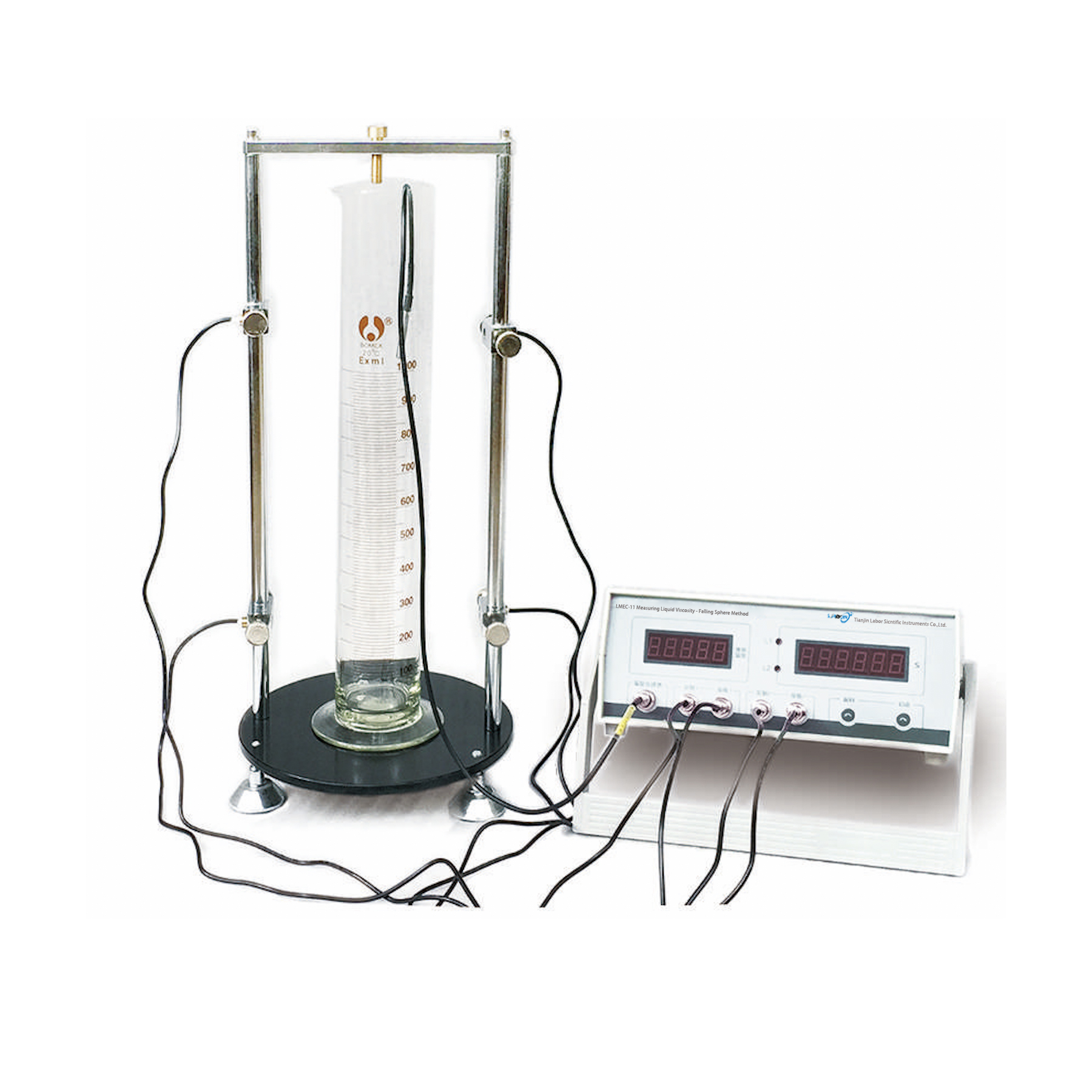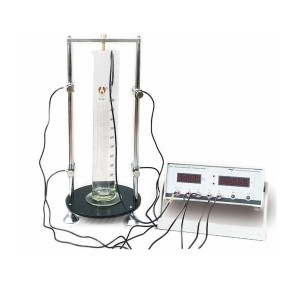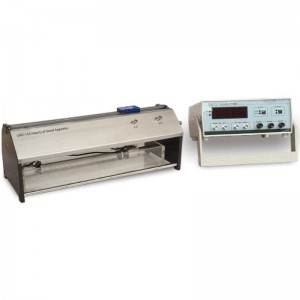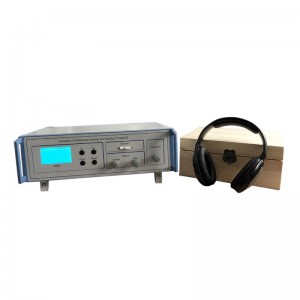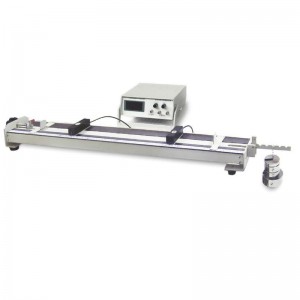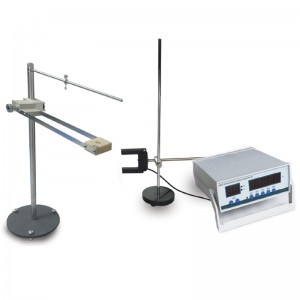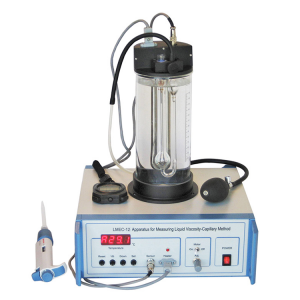LMEC-11 Measuring Liquid Viscosity – Falling Sphere Method
Main experimental content
1. learning the experimental method of measuring time and velocity of object movement by laser photoelectric sensor.
2. measuring the viscosity coefficient (viscosity) of oil using the falling ball method with the Stokes formula.
3. observing the experimental conditions for measuring the viscosity coefficient of liquids by the falling ball method and making corrections if necessary.
4、Study the influence of different diameters of steel balls on the measurement process and results.
Main technical parameters
1、Adopt laser photoelectric gate timing, more accurate measurement time.
2, with photoelectric gate position calibration indication, with a start button to prevent mismeasurement.
3、Improve the design of the falling ball conduit, the inner hole 2.9mm, the falling ball orientation can be fine-tuned, so that smaller steel balls can also
smoothly cut the laser beam, extend the falling time and improve the measurement accuracy.
4, steel ball diameter: 2.8mm, 2mm two, both can effectively block the light experiment, can compare the measurement difference between the two kinds of steel balls, can provide their own 1.6mm – 2.8mm other steel balls for experiments.
5, laser photoelectric timer range 99.9999s resolution 0.0001s; with calibration photoelectric gate position with the indicator.
6, holding the liquid to be measured cylinder specifications: 1000mL height of about 50cm.
7, liquid viscosity coefficient measurement error: less than 3%.



